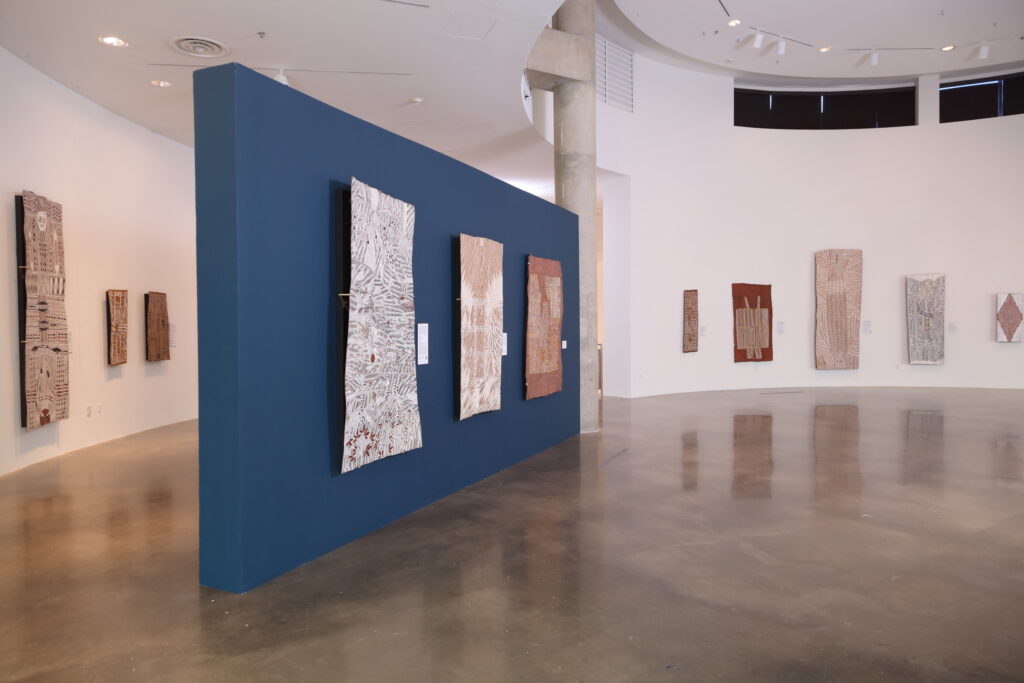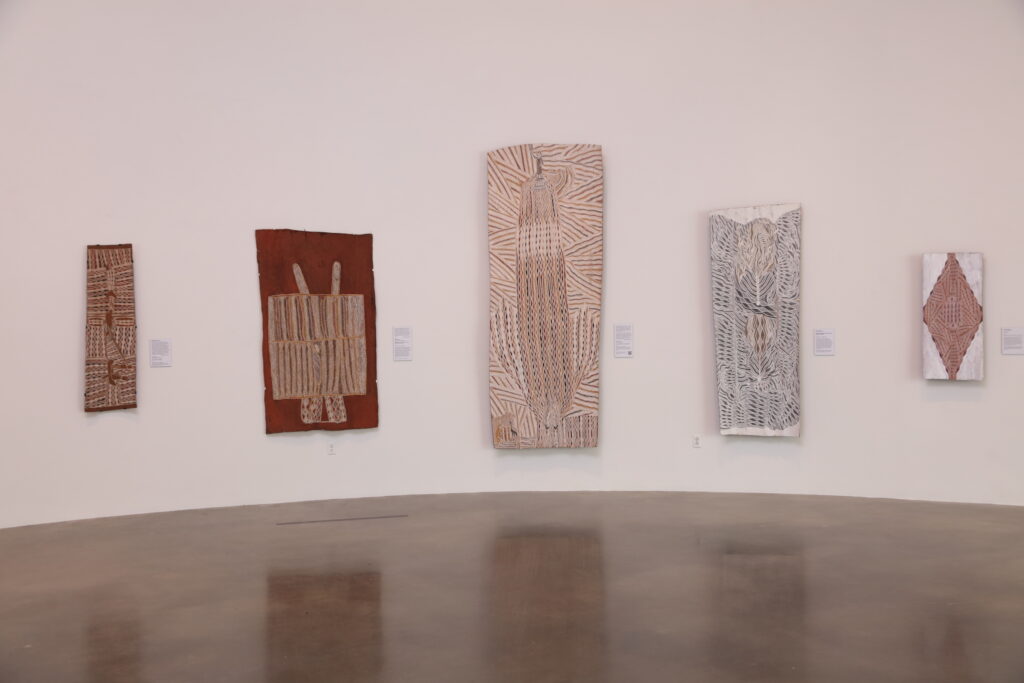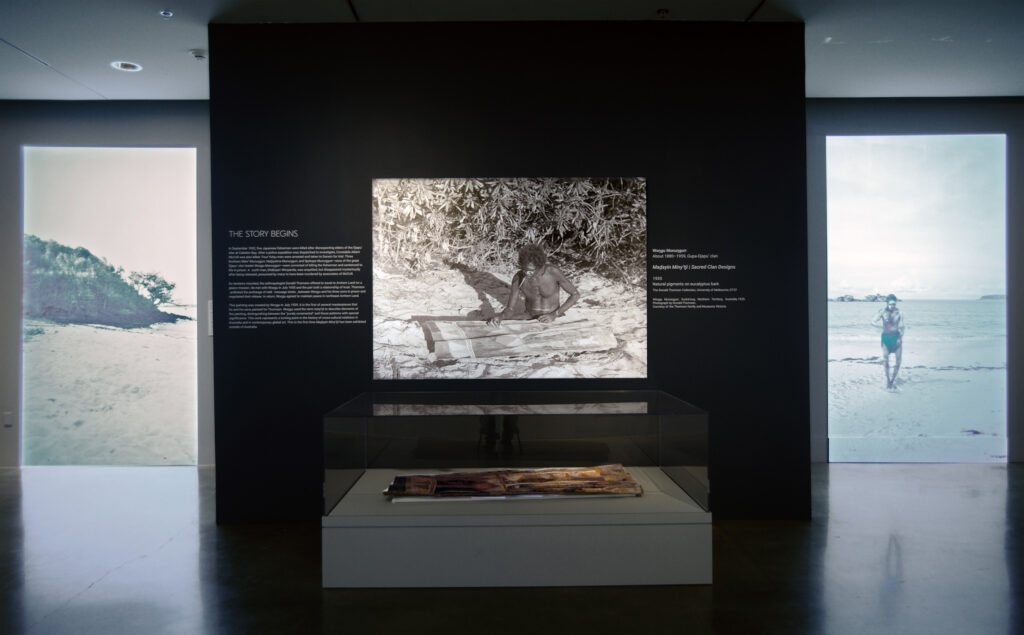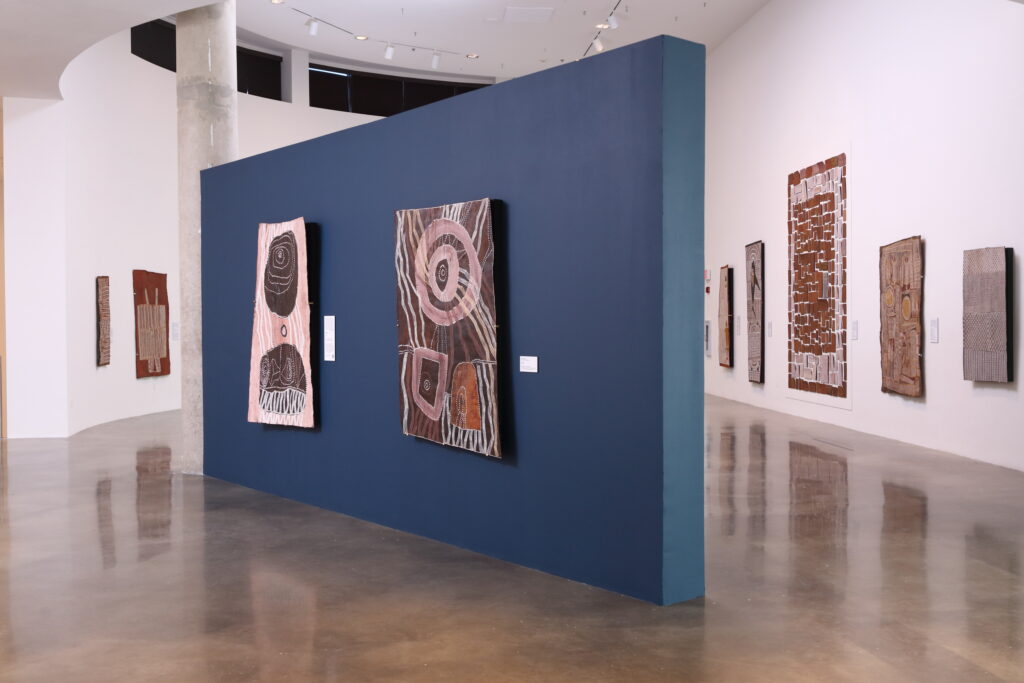
A collection of bark paintings on display at the American University Museum this winter honors Aboriginal Australian people’s connection to their land and promotes the genre’s prominence in the contemporary art scene.
“Maḏayin: Eight Decades of Aboriginal Australian Bark Painting from Yirrkala” stages paintings created in the Northern Peninsula of Australia by the Yolŋu people. Achieving meticulous detail with fine brushes of human hair, the artists applied ochres and other natural pigments to create scenes on strips of eucalyptus bark, said Director of the AU Museum Jack Rasmussen.
The depth found in the artwork is not immediately evident to the uninformed viewer, said Dhukaḻ Wirrpanda, an artist featured on the Maḏayin exhibit website. When non-Aboriginal people view bark paintings, sometimes they see “only pretty pictures, nice patterns and all that,” he said. Within these pictures of sea and land creatures, weather events and ceremonies exists a series of narratives of ancestral beings that illustrate the Yolŋu people’s connection to their land.
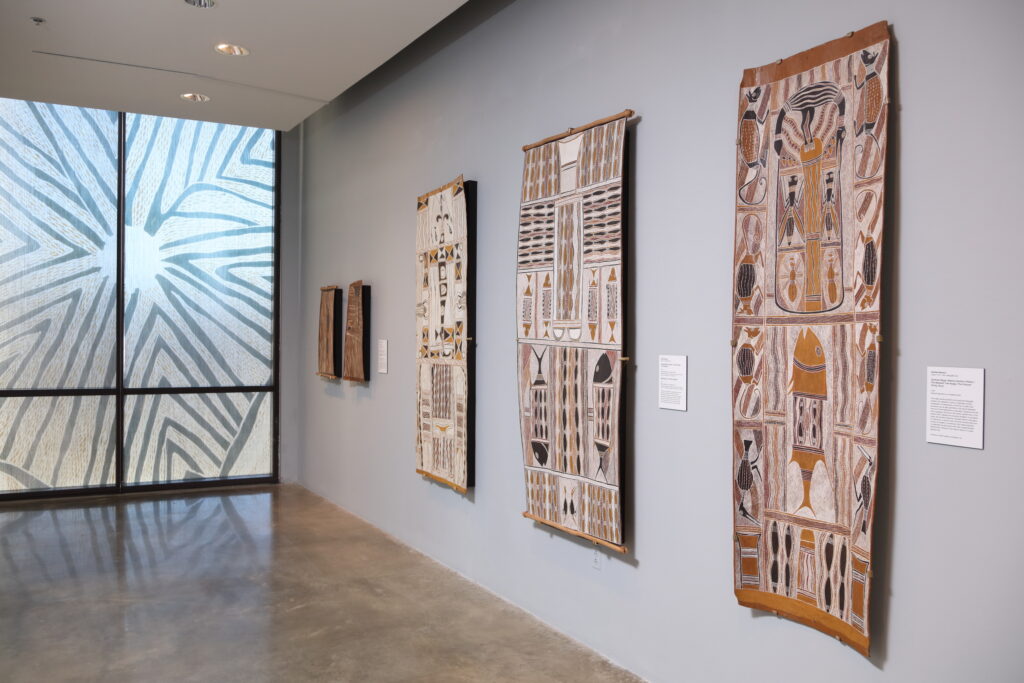
Depictions of unity with the land are more than a cultural display. For decades, bark paintings have been used as legal evidence in court cases for Aboriginal land rights.
In response to a federal plan to build a mine on an Aboriginal reserve in 1963, Yolŋu people created the Yirrkala Bark Petition. These bark paintings became the first documents prepared by Aboriginal Australians to be formally recognized by Parliament, according to the Maḏayin exhibit website.
The use of bark paintings in the fight for land rights continued into the early 2000s, said Lauren Maupin, the manager of education and programs at the University of Virginia’s Kluge-Ruhe Aboriginal Art Collection, the organizing institution of the Maḏayin exhibition.
Yolŋu leader and artist Djambawa Marawili, whose work is featured in the Maḏayin exhibition, collaboratively presented a claim for ownership of the intertidal zones so Yolŋu could control who could access those waters and whether they needed permission from traditional owners, Maupin said. Bark paintings were made as supportive evidence for this High Court sea rights case, which was successful in 2008.
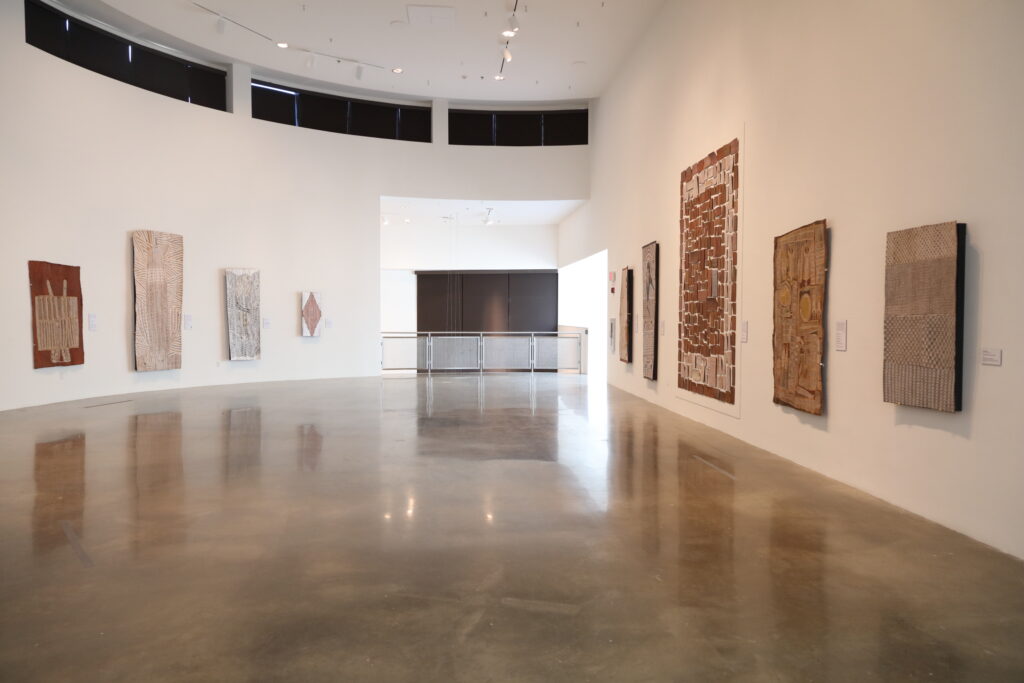
Because Maḏayin is composed entirely of art produced within the past 85 years, Rasmussen said the exhibit is an opportunity to view bark paintings as modern art.
“These are all contemporary artists,” said Rasmussen. “They’re living now. They’re choosing to work within this tradition.”
Maḏayin is the first exhibit of Aboriginal Australian bark paintings to tour internationally, and Yolŋu artists participated in the decision-making processes associated with the exhibit, according to an American University news release.
After a history marked by the removal of Aboriginal people from their lands, Rasmussen calls Maḏayin a form of reparations.
Australia is “acknowledging the great importance and beauty of the work,” he said. “Now it becomes a really great symbol of Australia itself.”
The Yolŋu artists involved in developing Maḏayin preferred that their work be displayed in a location that had previously shown Aboriginal art. After hosting the “Australian Indigenous Art Triennial: Culture Warriors” exhibition in 2009, the AU Museum met this qualification.
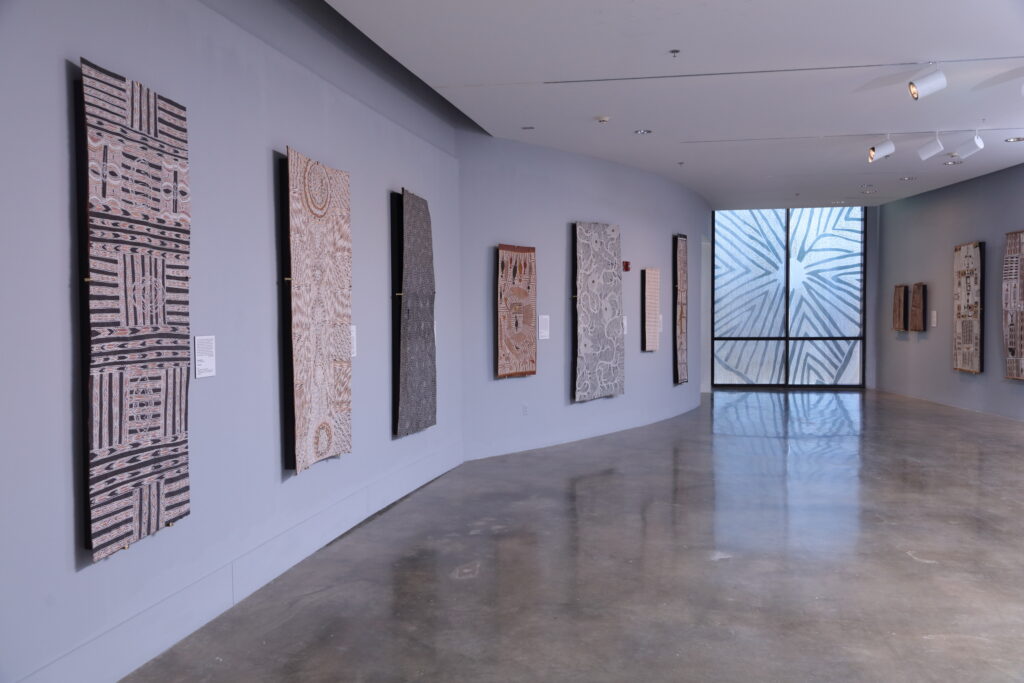
Maḏayin’s relevance to American University, which is home to the School of International Service, promotes diversity in its strategic plan and has a politically involved student body, also motivated Ramussen’s team to host the exhibit.
The AU Museum is Maḏayin’s second stop on its tour after a premier at the Hood Museum of Art at Dartmouth College. The bark paintings are “living things,” Rasmussen said, so the challenge in transportation is preserving their flexibility while preventing cracks in the art. Individual crates housed each piece during the move, and the art must be kept in temperature and humidity controlled conditions, he said.
Yolŋu artists and curators of Maḏayin will visit the AU Museum on March 31 for panel discussions and cultural ceremonies open to the community. The exhibit will be on display at the AU Museum until May 14.
